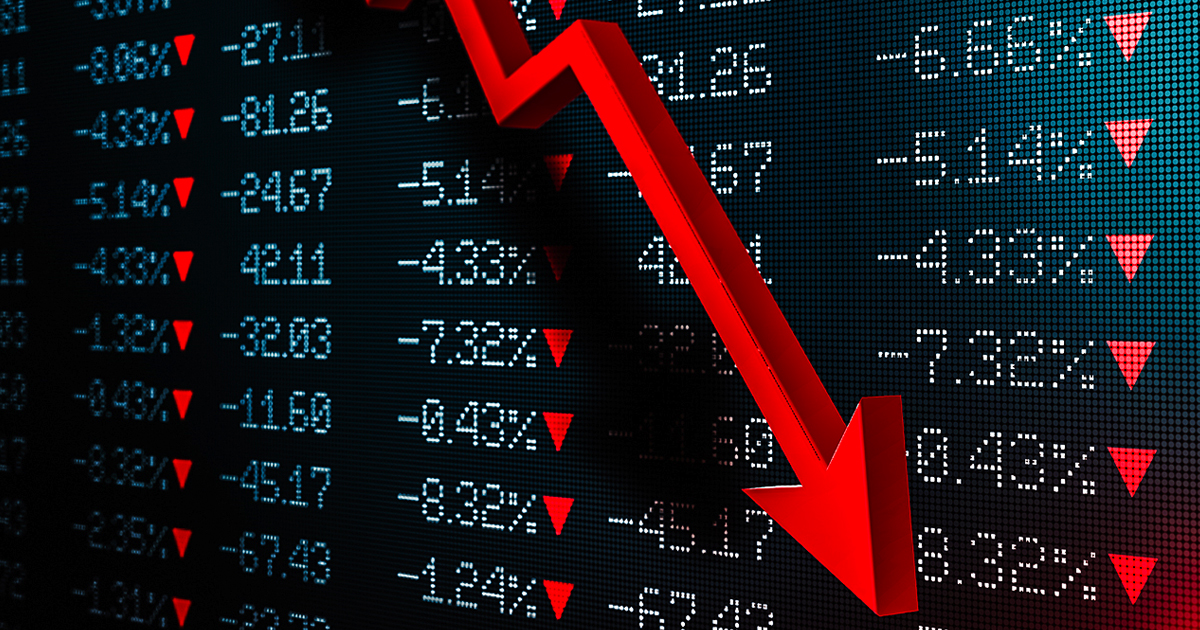
Because the purpose of business is to create a customer, the business enterprise has two – and only two – basic functions: marketing and innovation. Marketing and innovation produce results; all the rest are costs. Marketing is the distinguishing, unique function of the business. + Peter Drucker
The United States is facing its longest bull run ever. But it’s not always going to be that way. Someday, maybe soon, maybe years from now, we will have to face another recession. It’s no secret that most companies defer towards cutting their marketing spend during that time to “save money” — but is this the right move?
History suggests otherwise. Looking at how different companies handled their marketing spend through prior recessions and the impact we can identify trends for managing the next recession.
Why It’s Necessary for Marketing During A Downturn
Don’t believe our theory? We’ve got examples to prove it pays off.
The Great Depression of the 1920s
Often identified as the worst economic collapse the United States has ever endured, the consumer products industry was hit especially hard. Rivals Kellogg’s and Post would go on to make decisions that would affect growth trajectories for generations.
In response to the depression, Post cut its advertising budget, while Kellogg’s took the opportunity to double down on their spending.
Not only did they double their advertising efforts, but also introduced a new product to the market “Rice Krispies” in the midst of the downfall. The results surprised industry analysts as Kellogg’s reported a 30% increase in profit; overtaking Post in market share and eventually became the industry leader as a direct response to their investments in marketing and product innovation.
The Energy Crisis of 1973-1975
During the Energy Crisis of the 1970s, it was commonplace for companies to cut or halt their marketing spend, especially within manufacturing. Toyota was one of the few that held strong to an aggressive, long game marketing strategy. The company was rewarded shortly as the dust settled in 1976, overtaking Volkswagen to become the top imported car manufacturer in the United States.
The Recession of the Early 1990s
Another example came from the early ’90s. At the time, McDonald’s held a firm grip on the fast-food industry, it was nearly impossible to gain traction against the giant’s advertising budget; however, McDonald’s made a critical error by cutting their marketing budget during the downturn.
Taco Bell and Pizza Hut took advantage of this opportunity by pushing aggressive marketing campaigns. Forbes reports that Taco Bell’s sales jumped by 40% and Pizza Hut’s by 61%. In comparison, McDonald’s sales shrank by nearly 30% during this downturn.
The Great Recession of 2008-2009
A more recent example in the manufacturing industry, while most manufacturers began slashing marketing budgets, Hyundai took a different approach. Like Toyota decades earlier, Hyundai rolled out a new advertising campaign focusing on their new “Assurance” program. The company invested in digital advertising and commercials securing 9 TV commercial placements during the Academy Awards and a Super Bowl commercial.
As a result, Hyundai outperformed all competition by February 2009. While the industry experienced a 22% drop in sales, Hyundai enjoyed an increase in new vehicle sales by 27% and increased the company’s market share to 4.3% throughout 2009.
Key Takeaways
Multiple research studies from previous recessions substantiate that marketing spend during recessions has lasting, strategic impacts across industries.
-
Sales from companies that cut their marketing and advertising budget during a downturn had barely recovered 50% of lost sales.
-
Companies that retained their ongoing marketing and advertising budget more than doubled their sales for up to two years after the 2008 Recession.
-
Three years later, companies that did not cut back their marketing and advertising had more than tripled in sales, while companies that did cut back during the recessions had barely doubled.
Summation: Companies who cut costs by improving operational efficiency and make significantly greater investments than their rivals in R&D and marketing have the best post-recession growth in sales and earnings.
Make the Leap
In the ever-evolving digital landscape, it’s easy to feel overwhelmed just trying to cover the basics, let alone stay on top of trends and best practices. But this is the stuff we live and breathe, and we pride ourselves on being able to simplify it for every client while catering to their needs and delivering results.





